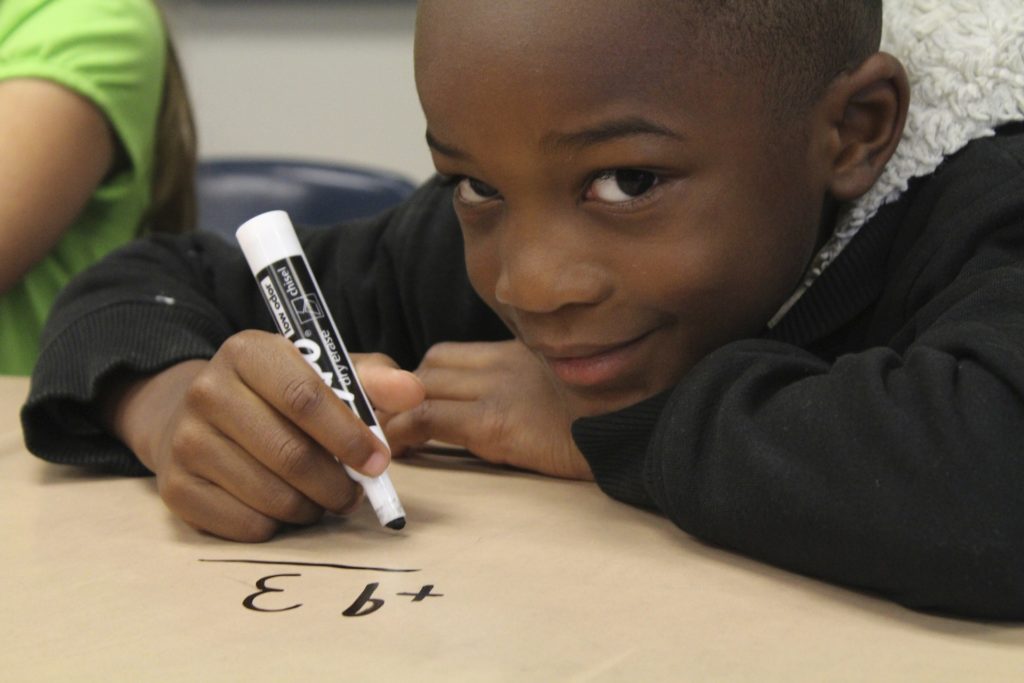American math clubs are a new incarnation of an old idea that has already been proven to have wonderful, far-reaching results.
Our club began last year when I introduced the idea of a math circle to a few of my fellow Lake Highland friends. Math Circles originated in Eastern Europe in the 1930’s as an extra-curricular mathematics activity, this type of mathematical enrichment program started appearing in the US in the 1990’s as the immigrants who came over to the US from Russia and other Eastern European countries started organizing math circles in their new home country.
An article in the Scientific American, From Russia With Math , describes the way these clubs became part of American math culture. Today, there are numerous Math Circle programs throughout the country, especially in areas such as California, Massachusetts and New York. Many of these are run out of leading universities.
My father participated in one of these clubs in St. Petersburg, Russia. When he told me how common it was in Russia to attend a math circle, it suddenly made sense to me why so many of my parents’ Russian friends are engineers, doctors, computer programmers, and scientists. It was part of their culture growing up, it was fun, and they all grew to enjoy and like math. This familiarity with and love of math is an important foundation for successful participation in all STEM fields. In fact, it gave the Russian immigrants unprecedented opportunities for upward mobility when they came to a new country.
My grandmother taught piano at a conservatory but when she came to US she studied to become a computer programmer. She succeeded in this career transition because she had a strong foundation in mathematics despite being a musician. For 25 years, she enjoyed a rewarding career as a computer programmer; and it was this which gave her family financial security in their new adopted country.
The acclaimed movie “Hidden Figures” similarly illustrated how strong mathematics skills gave African American women upward mobility in NASA, despite the discriminatory laws and practices that prevailed during that time.

It’s all about helping children to learn to think as mathematicians and scientists, not as rote-thinking automatons computing what calculators can compute. This is the secret to success in Singapore where the curriculum is more stripped down at primary level. As the OECD’s Andreas Schleicher is quoted in an article in the Financial Times, “Mathematics in Singapore is not about knowing everything. It’s about thinking like a mathematician.” ‘Why Singapore’s kids are so good at maths’ It is that ability to get beyond shallow routine work and begin deep problem solving that math circles can give to students in America.
Mathematical clubs for younger students can help build a foundation of love of mathematics and dispel many fears that people, young and old, associate with mathematics. As described in this article in Education Week, it may be the primary force driving a new interest in mathematics in our schools today.
There are mathematical clubs springing up throughout the country, and you can find the location of one near you by visiting the National Organization of Math Circles website here.
These clubs can help level the playing field for underrepresented minorities, as is illustrated in Hidden Figures and by the success of the Navajo Math Circles program. The exposure to mathematics it provides will build up any participant’s problem solving skills. The low stress environment of a math club allows time for deep thinking and playing with intriguing concepts, both of which nurture a mathematical mindset. This mathematical mindset will arm students for success in high school and college, and enable them to reach their full potential.

